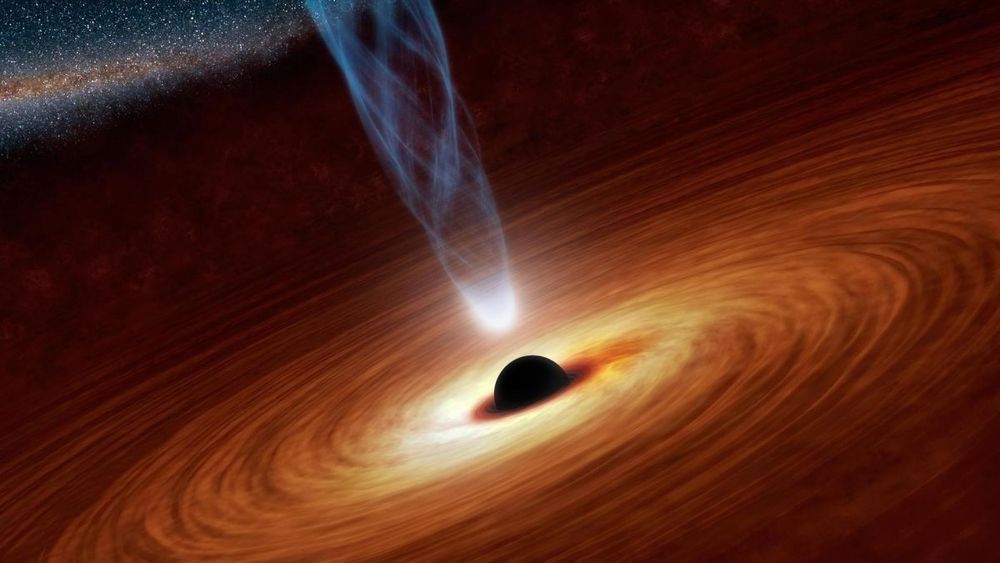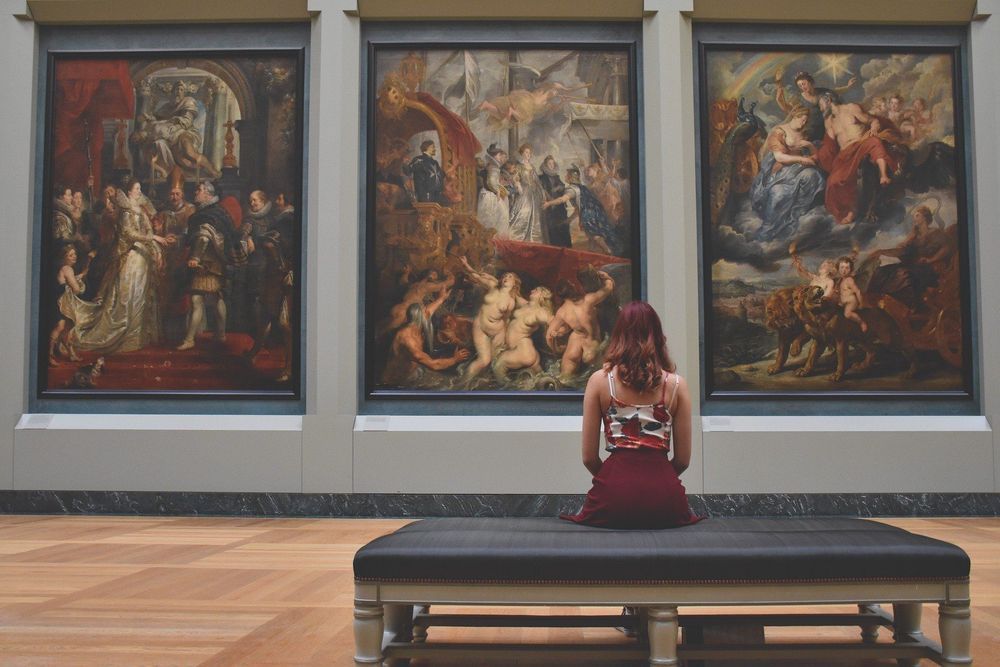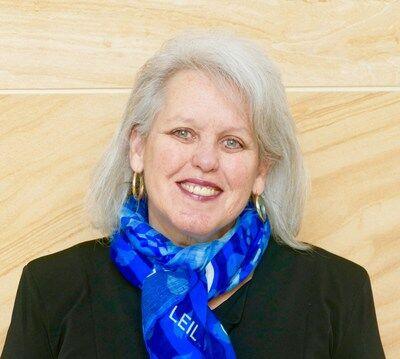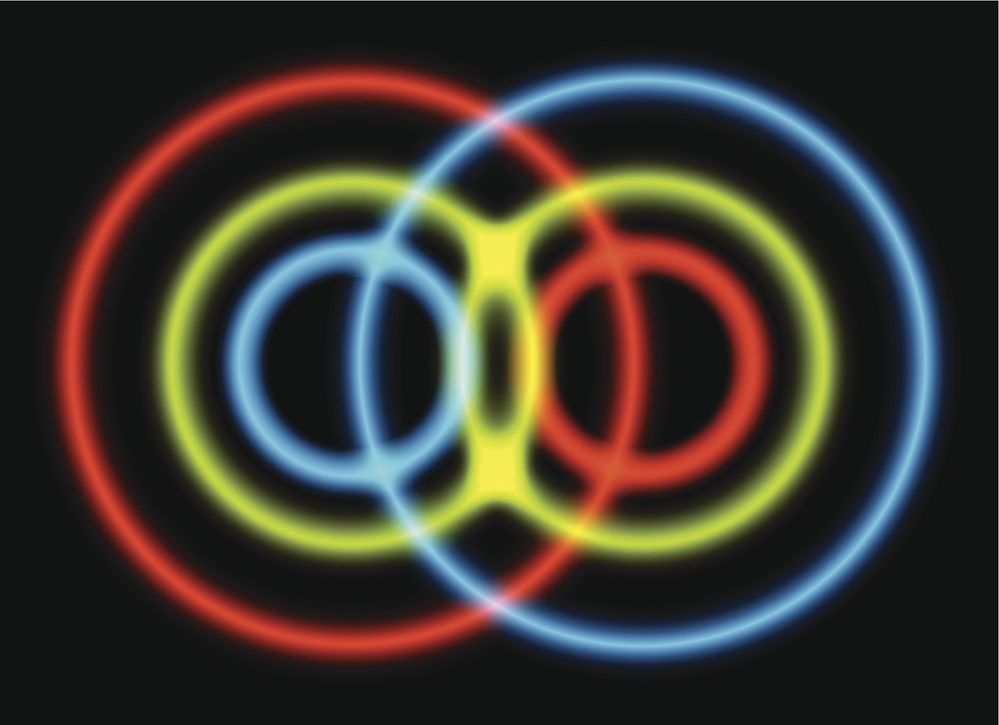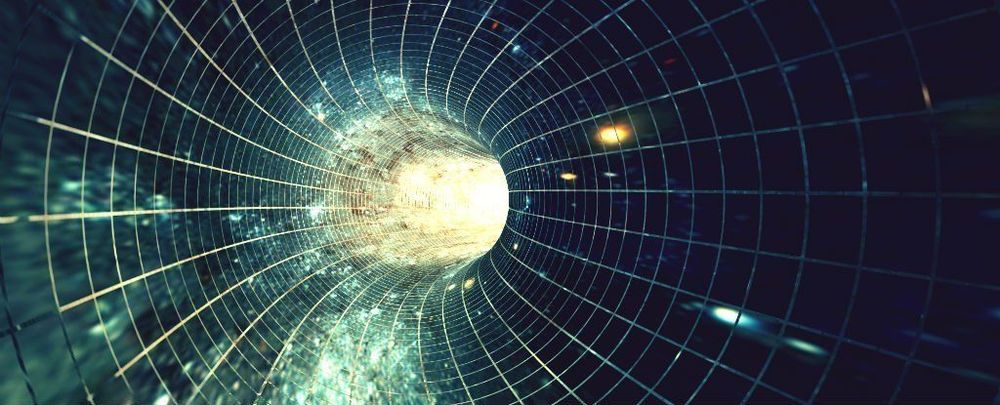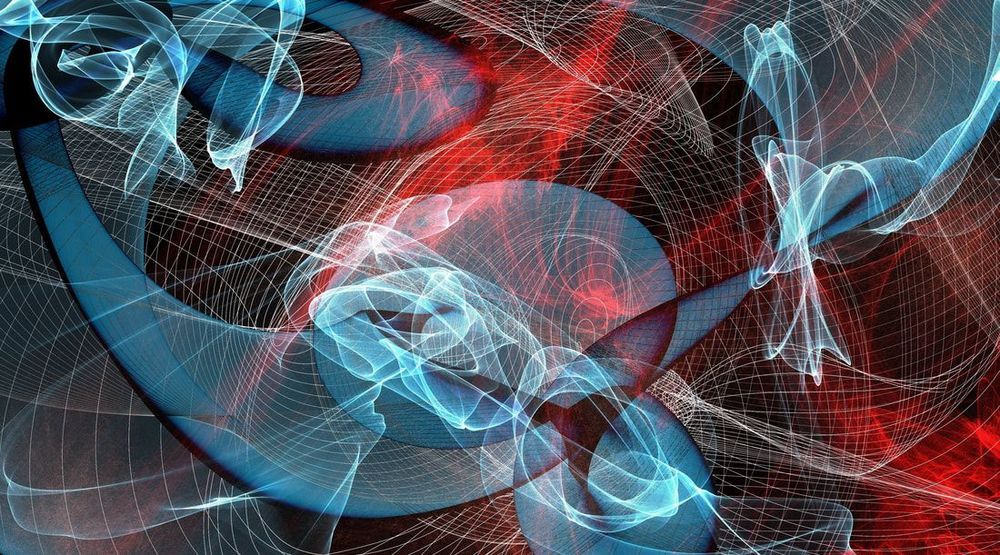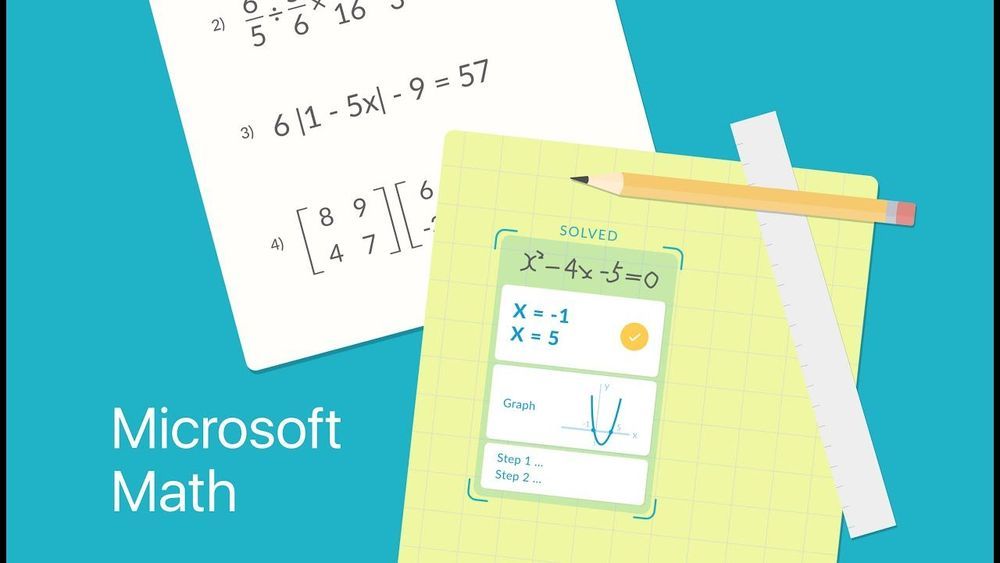Black holes are perhaps the most mysterious objects in nature. They warp space and time in extreme ways and contain a mathematical impossibility, a singularity – an infinitely hot and dense object within. But if black holes exist and are truly black, how exactly would we ever be able to make an observation?
This morning the Nobel Committee announced that the 2020 Nobel Prize in physics will be awarded to three scientists – Sir Roger Penrose, Reinhard Genzel and Andrea Ghez – who helped discover the answers to such profound questions. Andrea Ghez is only the fourth woman to win the Nobel Prize in physics.
Robert Penrose is a theoretical physicist who works on black holes, and his work has influenced not just me but my entire generation through his series of popular books that are loaded with his exquisite hand-drawn illustrations of deep physical concepts.
